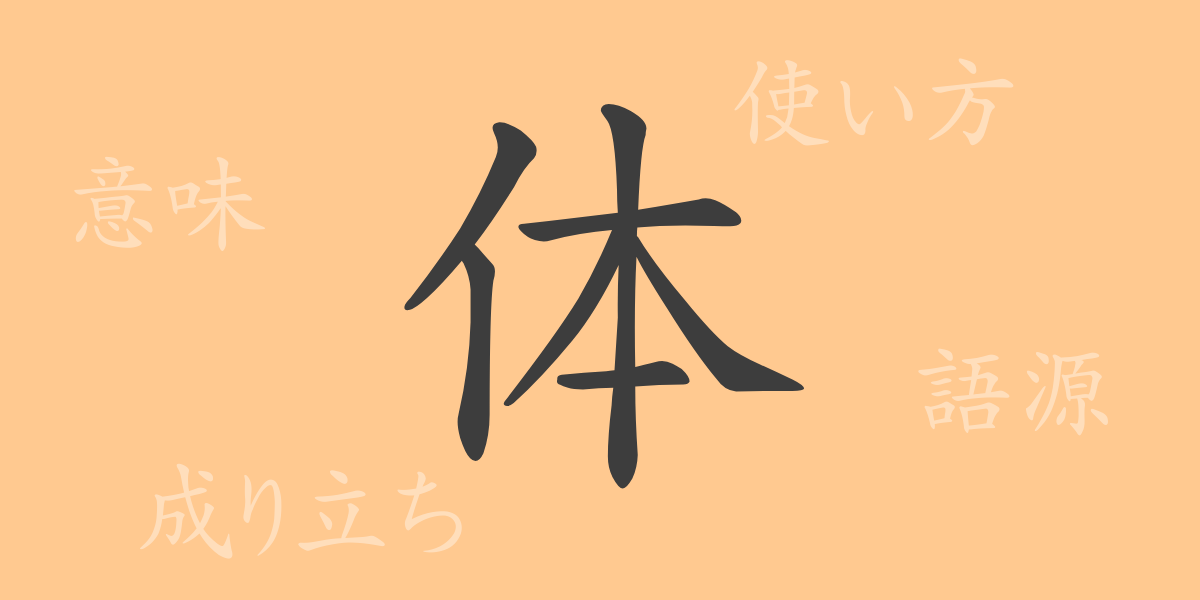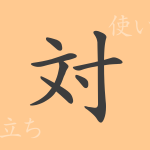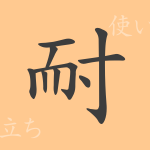The richness of the Japanese language is supported by the common Kanji “(体)” (tai), imbued with culture and history, deeply rooted in our daily lives. This article delves into the Kanji “(体)” from its origins to its meanings and usages, as well as idiomatic expressions that resonate with the Japanese psyche.
Origin of “(体)” (tai)
The Kanji “(体)” traces back to ancient China, developed from pictograms. It consists of “(本)”, representing the human body, combined with “亻(にんべん)”, adding an abstract meaning. Originally, it directly depicted the human body, but over time, it evolved to encompass various abstract concepts.
Meaning and Usage of “(体)” (tai)
“(体)” has multiple meanings. It most directly refers to the “body” of a person or animal, but abstractly, it can also signify the “essence or structure” of things. Additionally, when combined with other words such as “体制” (system), “体裁” (appearance), and “体験” (experience), its meaning expands further.
Readings, Stroke Count, and Radical of “(体)” (tai)
The Kanji “(体)” is frequently used in everyday life as a common Kanji in Japan.
- Readings: On’yomi “タイ” (tai), Kun’yomi “からだ” (karada).
- Stroke Count: “(体)” consists of 7 strokes.
- Radical: The radical is “亻(にんべん)”, indicating a person.
Idioms, Proverbs, and Expressions Using “(体)” (tai) and Their Meanings
There are numerous idioms, proverbs, and expressions using “(体)”, each reflecting Japanese emotions and philosophies. For example, “健康第一” (health is most important) emphasizes the cultural value placed on health. “体裁を整える” (to keep up appearances) reflects a cultural attitude that values maintaining appearances. These phrases allow us to glimpse traditional Japanese values and lifestyles.
Conclusion on “(体)” (tai)
The Kanji “(体)”, with its deep meanings and historical significance, signifies more than just the physical body, forming a crucial element in our culture and philosophy. From everyday conversation to specialized contexts, “(体)” is used in a wide range of scenarios, reflecting our lives and identities. Through this article, we hope you have gained insight into the profound nature of the Kanji “(体)”.

























